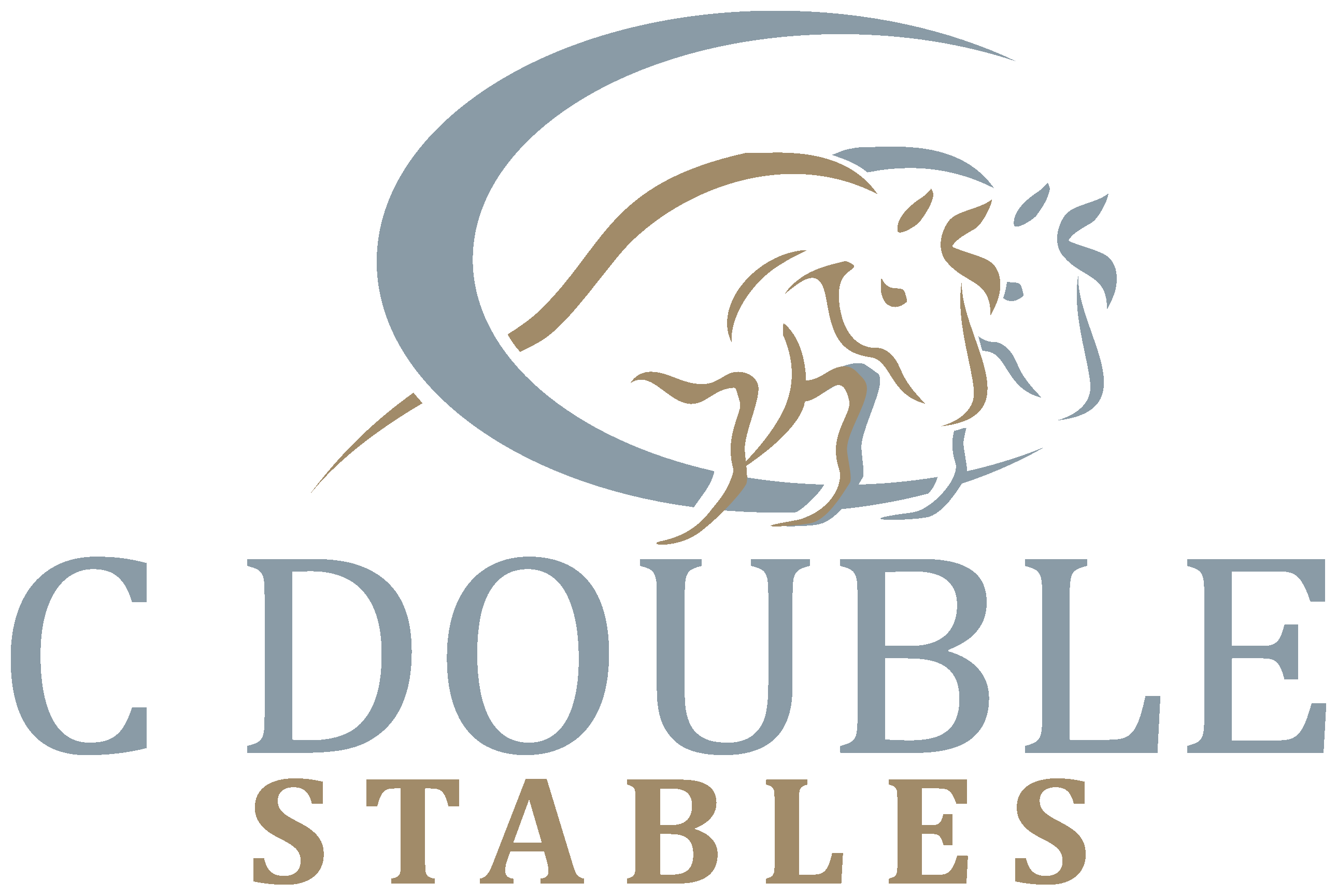I think any rider that has any experience knows on a certain level how important your horse’s feet are. We know the statistics that at least 75% of a horse’s lameness is in the foot. But what I find very interesting is that most horse owners don’t know what specifically defines a good foot. Riders are very clear on what they don’t like about farrier work but not sure on how to get to what they do like. I feel like I’ve had a lifetime of farrier anxiety….will the farrier know what to do and what if my best horse gets shod incorrectly?...the list goes on and on. Most of this anxiety was simply the fact that I didn’t really know how to evaluate their work and I wasn’t 100% sure on what doesn’t look right when I looked at a foot. I just knew I liked how my horse’s feet looked or I didn’t like how they looked. It was as simple as that.
I’ve had a great advantage of being able to always work with a vet and ask a thousand questions… and I’m sure a lot of them have been repetitive and pointless. But what has happened over the years is that the information is finally making sense to me. I’ve always gone over the anatomy of the leg in order to get familiar with the tendons and ligaments but the foot seemed a part of the anatomy that was difficult to diagnose and in a realm I left to the farriers and the vets. The foot doesn’t need to have special treatment but it does have to have very good balance in order to function properly and what I have realized is every time I say I don’t like how a foot looks, what I mean is this foot doesn’t look in balance with this horse. It sure doesn’t take much in unevenness to put a foot out of balance and by unevenness I mean the length of each heel, the length of each toe and the angle of the foot.

I read something awhile ago that said anytime you change the placement of the foot/angle of the foot there is an equal reaction and change to the horse’s skeletal process/tendons/ligaments. So when you decide to stand your horse up to relieve certain structures it has now added more stress to other structures. A different tendon is now taking more of the ground force, the suspensory is being loaded more heavily…anyway you get the point. No change is without a consequence good or bad. The goal is that the entire structure of the foot is evenly bearing the weight of the horse without over stressing any of the structures.
How can you read what is going on with your horse’s foot? This is what my vet tells me….measure. Measure to see if the heels are even, measure to see if the toe lengths are the same and measure the angle of the foot. Remember every horse is functional at slightly different measurements, but what you want to focus on is if the measurements are even. For example the heel lengths should be the same, the toe lengths should be the same and ideally the angle of the foot should be the same unless there were underlying reasons for a difference. The point is get to know what is normal and what is working for your horse. It will take the guessing out of what you don’t like when you look at a foot. Recording the measurements of each foot can help the farrier and can help your vet. It also can help create a history of change or consistency.
Once you get started on knowing your horse’s feet you will be surprised how this simple concept yields a great deal of information. For once something in the horse world is simple! Happy Measuring….


Comments